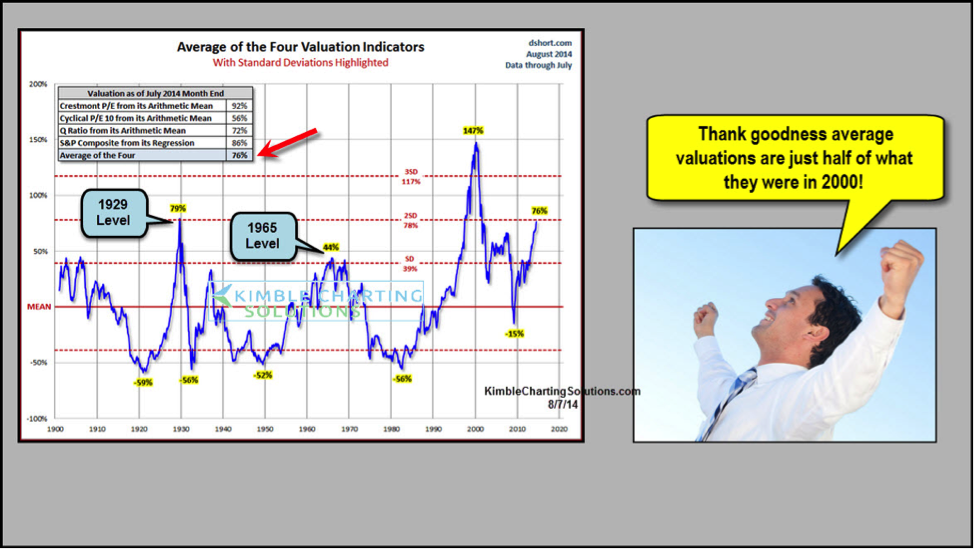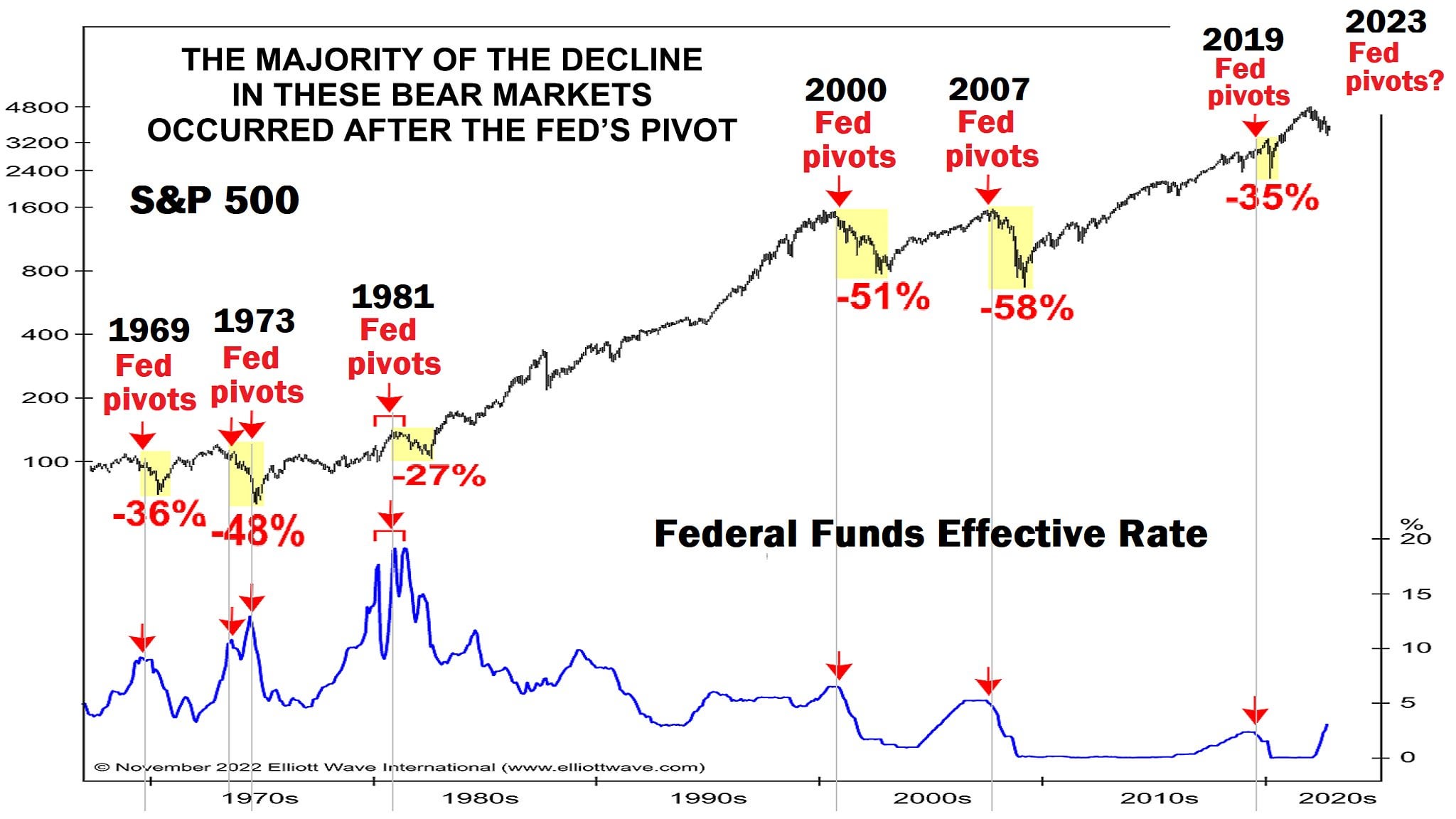How Middle Management Drives Company Performance And Employee Engagement

Table of Contents
The Bridge Between Leadership and Employees
Middle managers are the crucial link connecting leadership's vision with the day-to-day work of employees. Their effectiveness directly impacts the success of the entire organization. This bridging role requires strong skills in communication and mentorship.
Effective Communication is Key
Middle managers act as a vital communication channel, translating top-level strategies into actionable plans for their teams. Simultaneously, they relay employee feedback, concerns, and suggestions upwards, ensuring a two-way flow of information.
- Reduces misunderstandings and improves clarity of expectations: Clear communication minimizes confusion and ensures everyone is working towards the same goals. This reduces errors and improves overall efficiency.
- Facilitates open dialogue and fosters trust: Regular and open communication builds trust between managers and their teams. Employees feel heard and valued when their concerns are addressed.
- Uses various communication methods: Effective middle managers utilize a range of communication tools, including regular team meetings, email updates, one-on-one check-ins, and even informal chats to ensure messages are received and understood.
Mentoring and Development
Beyond communication, effective middle management involves actively mentoring and developing team members. This investment in human capital boosts both individual and organizational performance.
- Provides regular performance feedback and coaching: Constructive feedback helps employees understand their strengths and weaknesses, fostering continuous improvement.
- Identifies training needs and facilitates professional growth: Middle managers identify skill gaps and work with employees to create development plans, ensuring they have the skills needed to excel.
- Creates opportunities for skill enhancement and career advancement: Providing opportunities for growth demonstrates a commitment to employees' futures, increasing motivation and loyalty.
- Supports employee development through mentorship programs: Formal and informal mentorship programs can significantly boost employee morale and career trajectory.
Fostering a Positive and Productive Work Environment
A positive and productive work environment is essential for achieving company objectives. Middle managers play a pivotal role in shaping this environment.
Creating a Culture of Collaboration
Middle managers are responsible for fostering teamwork and collaboration within their teams and across departments.
- Encourages teamwork and cross-functional collaboration: Breaking down silos and promoting collaboration leads to more innovative solutions and better overall results.
- Promotes open communication and idea sharing: A culture of open communication encourages employees to share their ideas, fostering innovation and creativity.
- Resolves conflicts effectively and fairly: Addressing conflicts promptly and fairly creates a more harmonious and productive work environment.
- Creates a sense of camaraderie and shared purpose: Building a strong team spirit increases engagement and motivates employees to work together towards common goals.
Boosting Employee Morale and Motivation
Middle managers have a direct impact on employee morale and motivation. Their leadership style significantly influences the overall work atmosphere.
- Recognizes and rewards employee contributions: Acknowledging achievements, both big and small, boosts morale and motivates employees to continue performing well.
- Provides regular encouragement and positive reinforcement: Positive feedback motivates employees and strengthens their confidence.
- Creates opportunities for employees to contribute creatively and feel valued: Giving employees a sense of ownership and allowing them to contribute creatively boosts engagement.
- Addresses employee concerns and grievances promptly and fairly: Responding to employee concerns promptly and fairly demonstrates that their opinions and well-being are valued.
Driving Company Performance Through Effective Middle Management
Effective middle management directly translates into improved company performance through strategic alignment and efficient resource management.
Strategic Goal Alignment
Middle managers are responsible for ensuring that team objectives are aligned with the overall company strategy.
- Translates strategic goals into actionable tasks and deadlines: Breaking down large-scale goals into manageable tasks makes them more achievable for individual teams.
- Monitors progress towards goals and identifies potential roadblocks: Regular monitoring ensures that projects are staying on track and allows for early identification and resolution of potential problems.
- Makes adjustments as needed to stay on track: Adaptability is key in achieving strategic goals. Middle managers need to be able to adjust plans as needed based on progress and unforeseen circumstances.
- Provides regular progress reports to upper management: Keeping upper management informed of progress allows for efficient resource allocation and strategic decision-making.
Optimizing Processes and Resources
Middle managers are responsible for optimizing workflows and resource allocation to maximize efficiency and productivity.
- Identifies areas for process improvement and implements changes: Continuously evaluating and improving processes is essential for maintaining efficiency and productivity.
- Ensures effective use of resources (time, budget, technology): Efficient resource management ensures that the company's resources are being utilized effectively and economically.
- Streamlines workflows to reduce bottlenecks and improve efficiency: Identifying and eliminating bottlenecks in workflows improves efficiency and reduces wasted time and resources.
- Tracks key performance indicators (KPIs) to monitor progress: Tracking KPIs provides data-driven insights into the effectiveness of processes and allows for data-informed decision-making.
Conclusion
Effective middle management is not merely a layer of bureaucracy; it's the engine that drives company performance and fuels employee engagement. By focusing on communication, mentorship, fostering a positive work environment, and ensuring strategic alignment, middle managers play a crucial role in achieving organizational success. Investing in training and development for your middle management team is an investment in the future success of your entire company. Don't underestimate the power of strong middle management – it's the cornerstone of a thriving and high-performing organization. Learn more about optimizing your middle management strategies and unlock the full potential of your workforce today!

Featured Posts
-
 La Fires Landlords Accused Of Price Gouging Amid Crisis
Apr 22, 2025
La Fires Landlords Accused Of Price Gouging Amid Crisis
Apr 22, 2025 -
 5 Essential Dos And Don Ts Succeeding In The Private Credit Market
Apr 22, 2025
5 Essential Dos And Don Ts Succeeding In The Private Credit Market
Apr 22, 2025 -
 Hegseth Under Fire Pentagon Chaos Claims And Signal Chat Controversy
Apr 22, 2025
Hegseth Under Fire Pentagon Chaos Claims And Signal Chat Controversy
Apr 22, 2025 -
 Stock Market Valuations Bof A Explains Why Investors Shouldnt Worry
Apr 22, 2025
Stock Market Valuations Bof A Explains Why Investors Shouldnt Worry
Apr 22, 2025 -
 Hegseths Signal Chats Military Plans Discussed With Family
Apr 22, 2025
Hegseths Signal Chats Military Plans Discussed With Family
Apr 22, 2025
Latest Posts
-
 Dakota Johnson Channels Spring Elegance With Mom Melanie Griffith
May 10, 2025
Dakota Johnson Channels Spring Elegance With Mom Melanie Griffith
May 10, 2025 -
 Nova Dakota Johnson Na Slovensku Jej Slovenska Dvojnicka Sokuje
May 10, 2025
Nova Dakota Johnson Na Slovensku Jej Slovenska Dvojnicka Sokuje
May 10, 2025 -
 Investing In Stocks Made Easy With Jazz Cash And K Trade
May 10, 2025
Investing In Stocks Made Easy With Jazz Cash And K Trade
May 10, 2025 -
 Spring Style Inspiration Dakota Johnson And Melanie Griffiths Matching Outfits
May 10, 2025
Spring Style Inspiration Dakota Johnson And Melanie Griffiths Matching Outfits
May 10, 2025 -
 Jazz Cash K Trade Partnership Opening Up Stock Markets To All
May 10, 2025
Jazz Cash K Trade Partnership Opening Up Stock Markets To All
May 10, 2025
